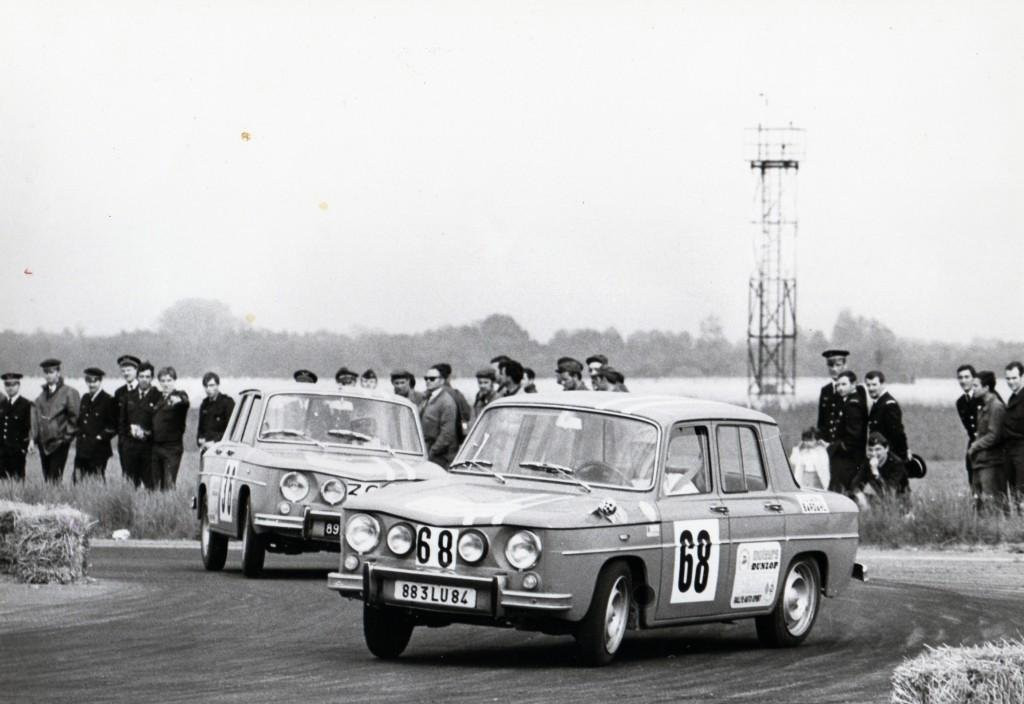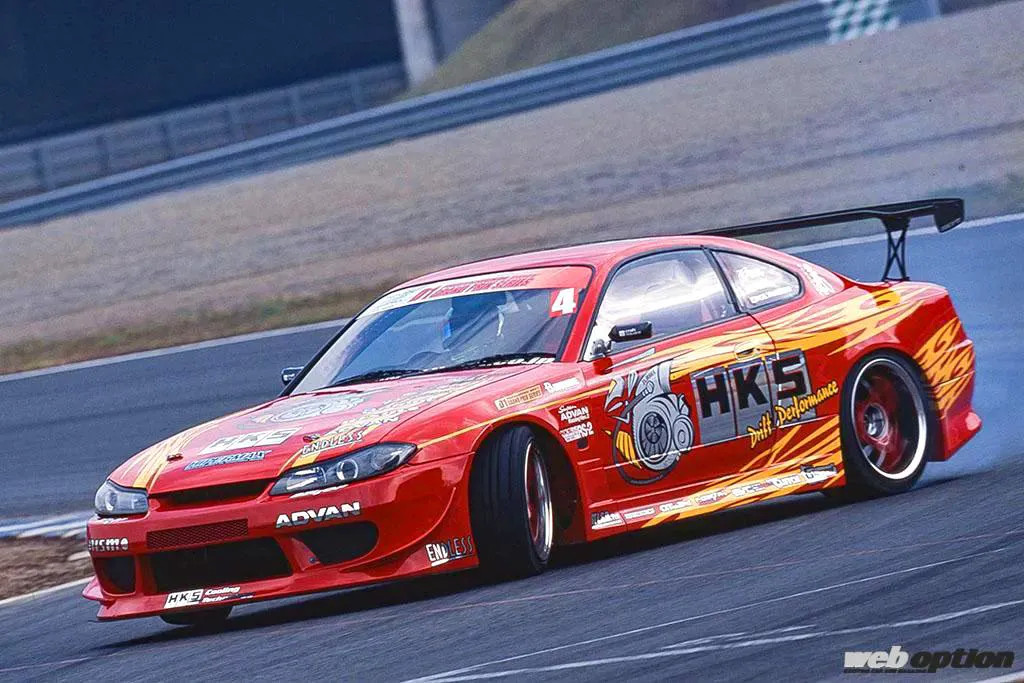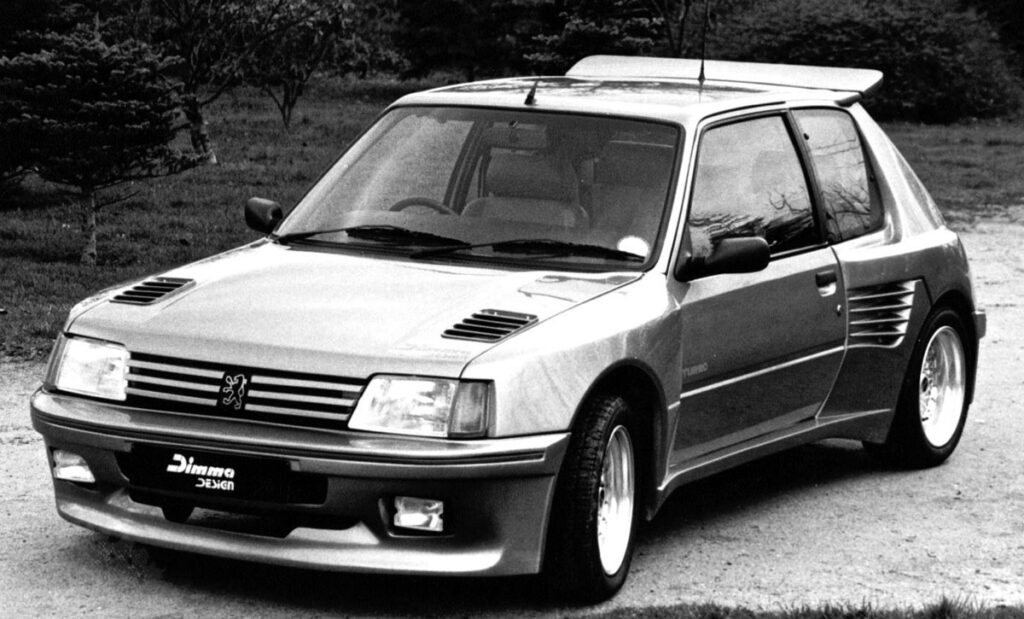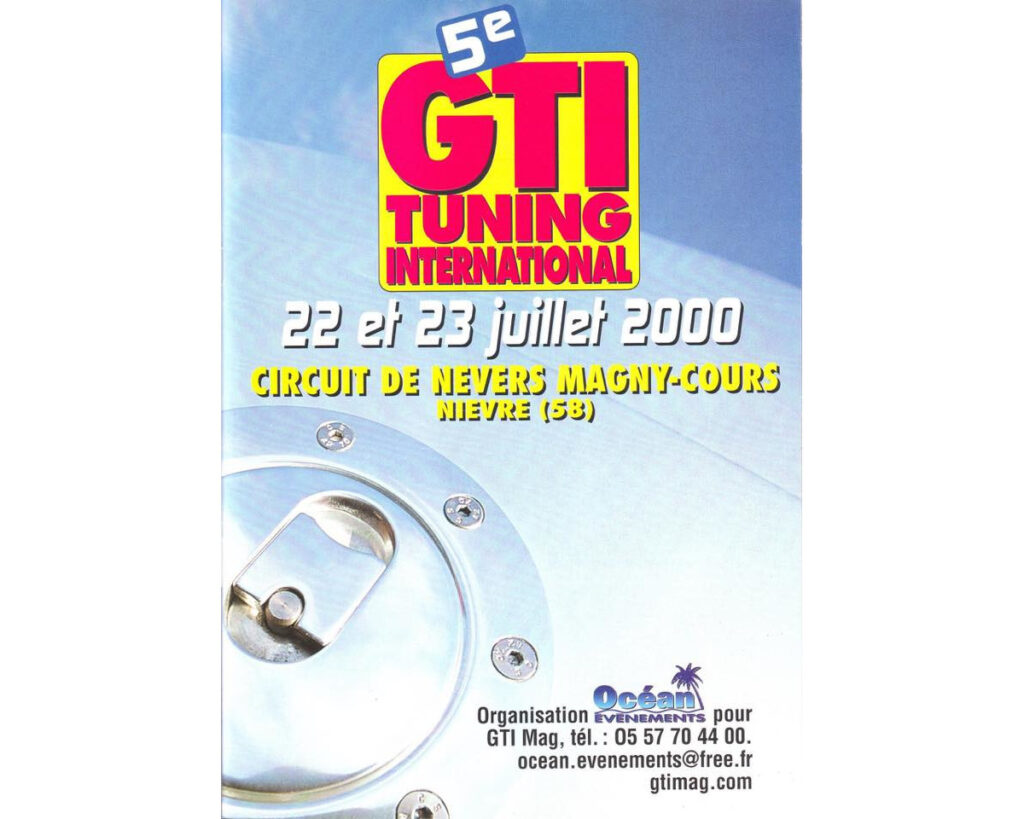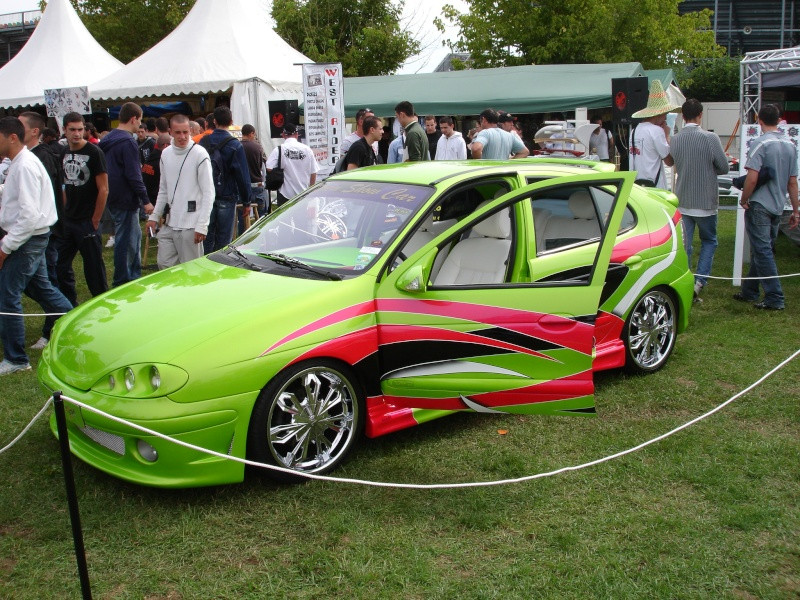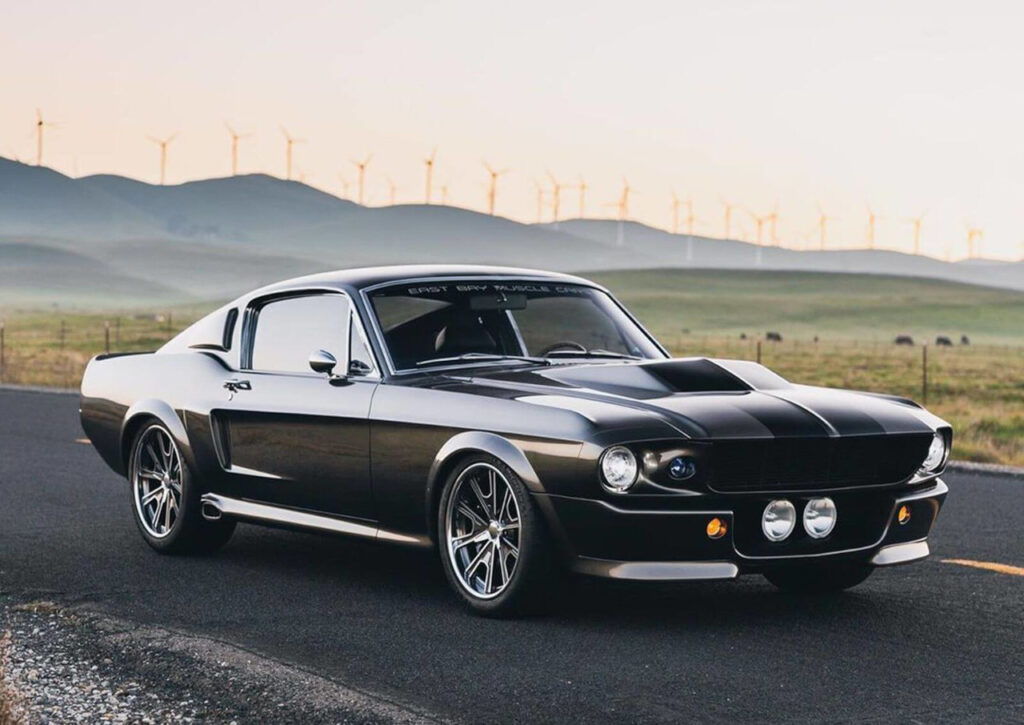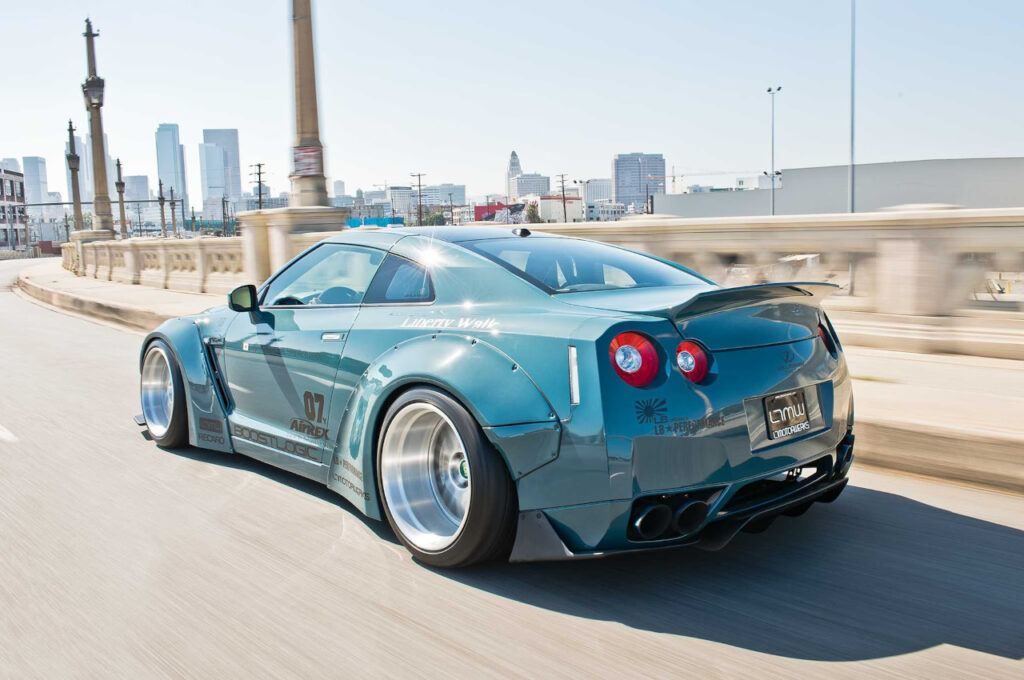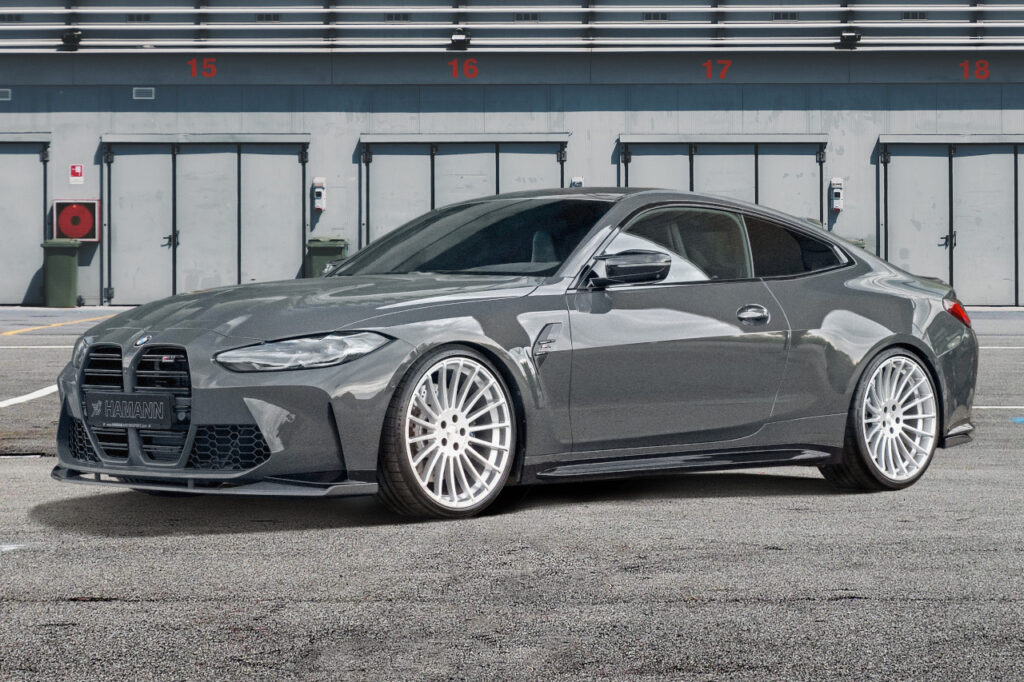
Car tuning refers to modifications made to a vehicle to improve its performance or personalise its appearance. This is done by fitting accessories or mechanical parts, adapting or correcting existing elements, or optimising settings. Rather marginal in its early days, this trend has evolved over time to appeal to more and more car enthusiasts, sometimes losing itself in excess, but always managing to reinvent itself, until today when car tuning is fully considered as a life style, a way of living, being and thinking.
How and where did car tuning originate? How has it evolved over the years? What are the major trends that have emerged? That’s what we’re going to find out in this article, which takes a chronological approach, detailing the major movements by continent. It also focuses more on privateers than on affiliated manufacturers and tuners, who modify vehicles primarily for racing or for specific uses.
Summary:
The early days of tuning (1930-1970)
American pioneers
The beginnings of car tuning can be dated back to the late 1930s, at the end of the Great Depression which was shaking the world economy at the time. This period saw the appearance in Southern California of Hot Rods, typically old Ford cars from the turn of the century modified to increase their performance. Weight was reduced by removing numerous components, from the soft top to the bonnet, bumpers, fenders and windscreen. The roof is also chopped for better top speed, the wheels are replaced for better traction and handling, and the engines are swapped for more power. Names like Vic Edelbrock quickly became associated with this movement. Off the streets, Bonneville Salt Flats were already a choice track for Hot Rods, which set numerous speed records.
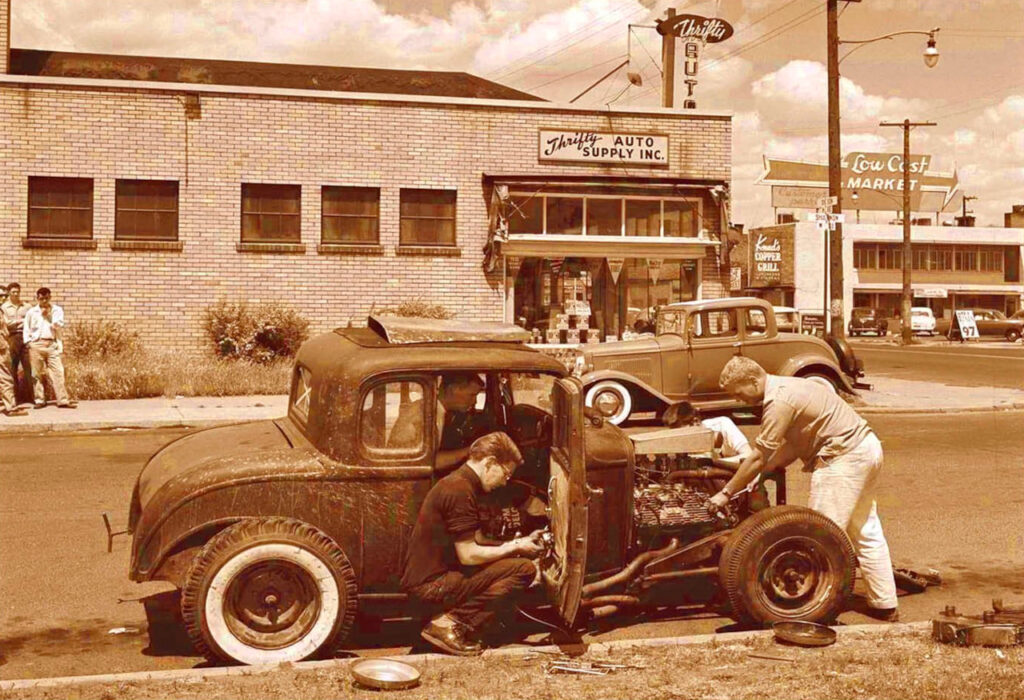
In the 1940s, at a time when the first drag races were taking place on the airstrips of decommissioned air bases, the Low Riders, led by the Mexican-American youth of California, proposed an idea of tuning that was the exact opposite of the Hot Rods and their quest for speed. The Low Riders were simply looking to cruise on the streets in style, under the motto ‘Low and Slow’. To achieve this, the suspension was shortened, the wheels were reduced in size, the interior was redesigned with velvet or leather, and the bodywork was repainted in colourful shades… At the end of the 1950s, the first air suspension systems were introduced, allowing the body height to be raised and lowered at will.
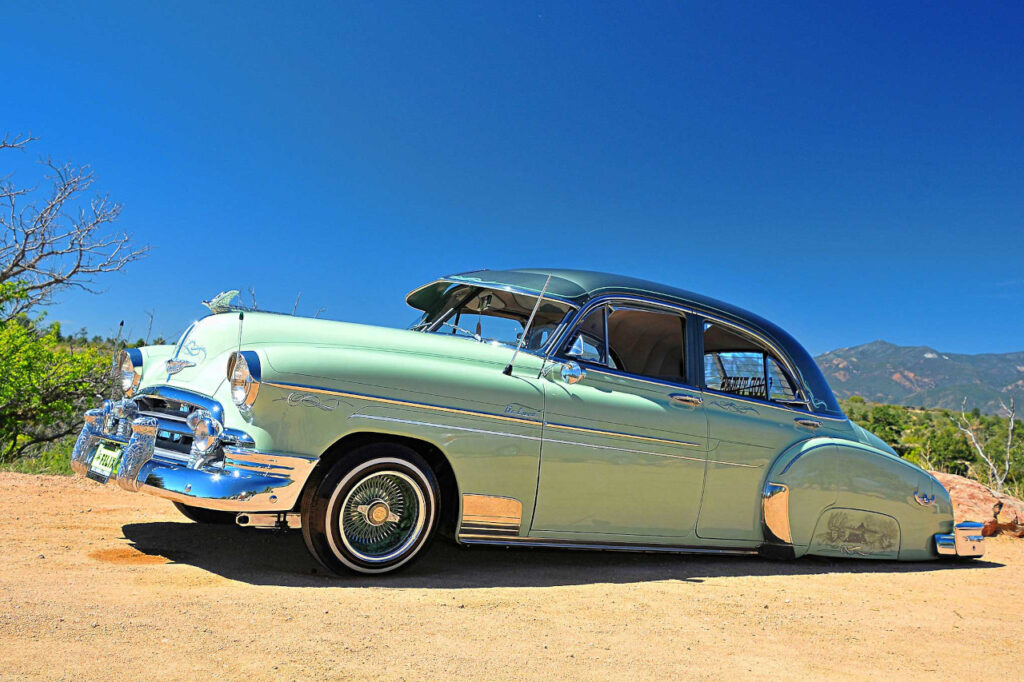
The 1960s in America coincided with the peak in popularity of muscle cars, those edgy-looking coupes powered by big, gluttonous V8 engines. Although manufacturers offered special versions and optional packages for drag racing (with more powerful engines and uprated brakes, tyres and suspension), tuning aficionados didn’t hesitate to further modify the models in order to push their limits even further. Power monsters like the Dodge Charger Daytona and the Plymouth Superbird, designed specifically for NASCAR racing, caused a stir, but tuners were also having a field day with Ford Mustangs and other more affordable vehicles. As a result of this craze for aftermarket parts, the now legendary SEMA Show was held for the first time in 1967.
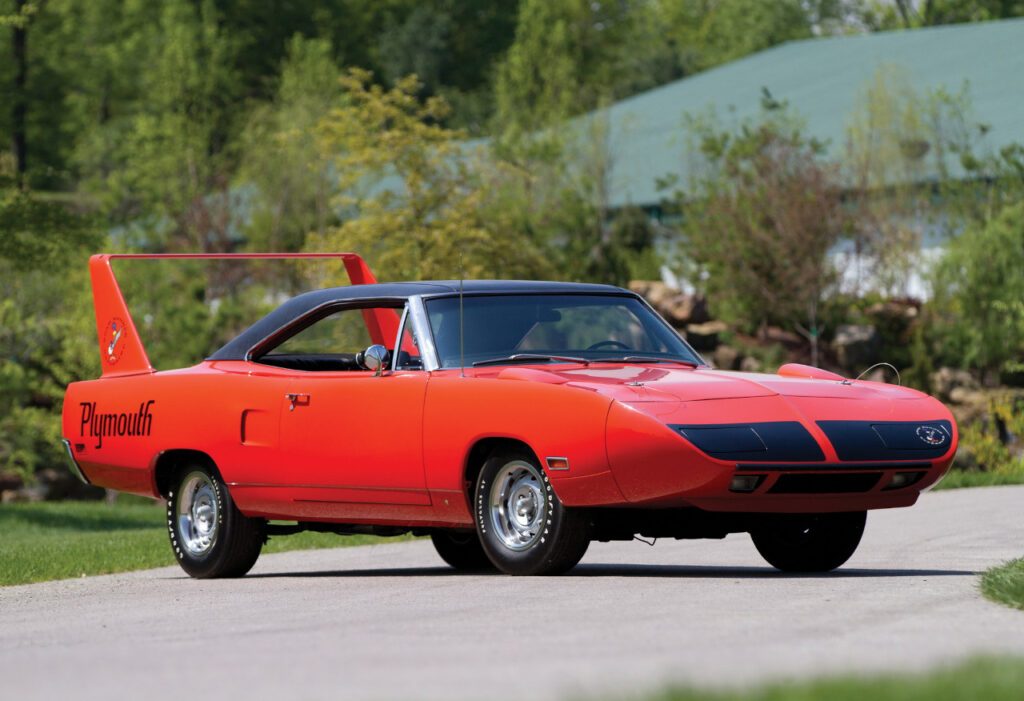
As American vehicles were naturally popular with tuners, the mid-1960s also marked the start of the import scene in the United States. Cars such as the Austin A40 Devon, the Ford Popular (built in England) and the Volkswagen Beetle were modified for racing, notably the quarter mile, and met with great success. The German compact car could also count on the 1968 American film The Love Bug to further boost its popularity in the land of Uncle Sam. At the end of the 1970s, after the craze for European cars, it was the turn of the small, newly arrived Japanese cars to be modified. The Honda Civic, Datsun 510 and Toyota Celica were among the most popular base models.
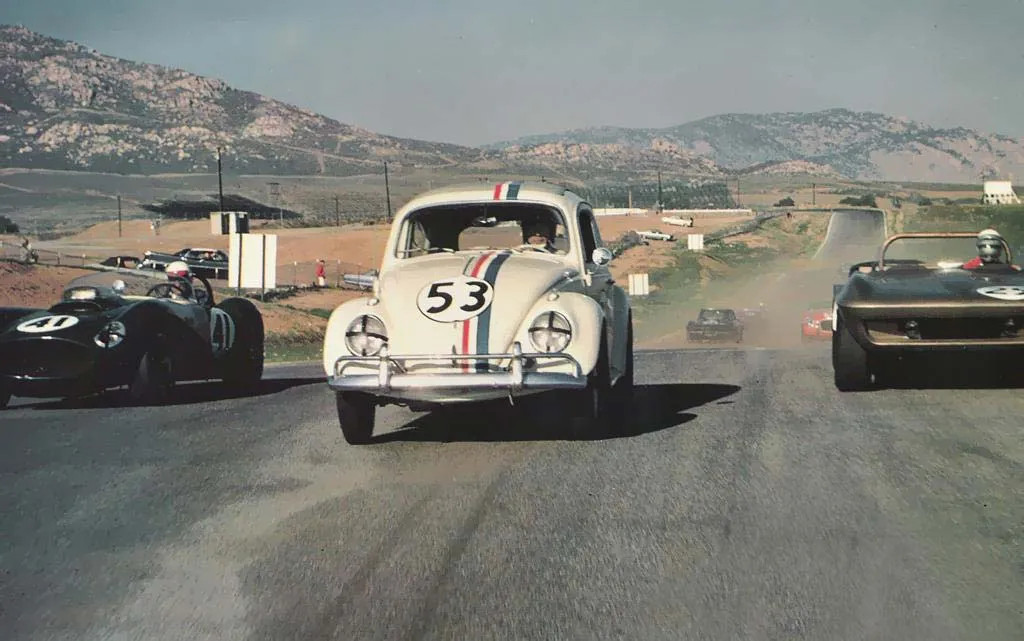
Japanese preamble
In the Japanese archipelago, the blossoming of car tuning is directly linked to the popularisation of circuit racing, including the Japanese Grand Prix, introduced in 1963. Fans wanted to have their own racing car, even if they weren’t taking part in competitions. The general style, the sound of the engines and the uniqueness of these modified vehicles gave rise to the first tuned cars in Japan, despite the scarcity of performance parts available on the market.
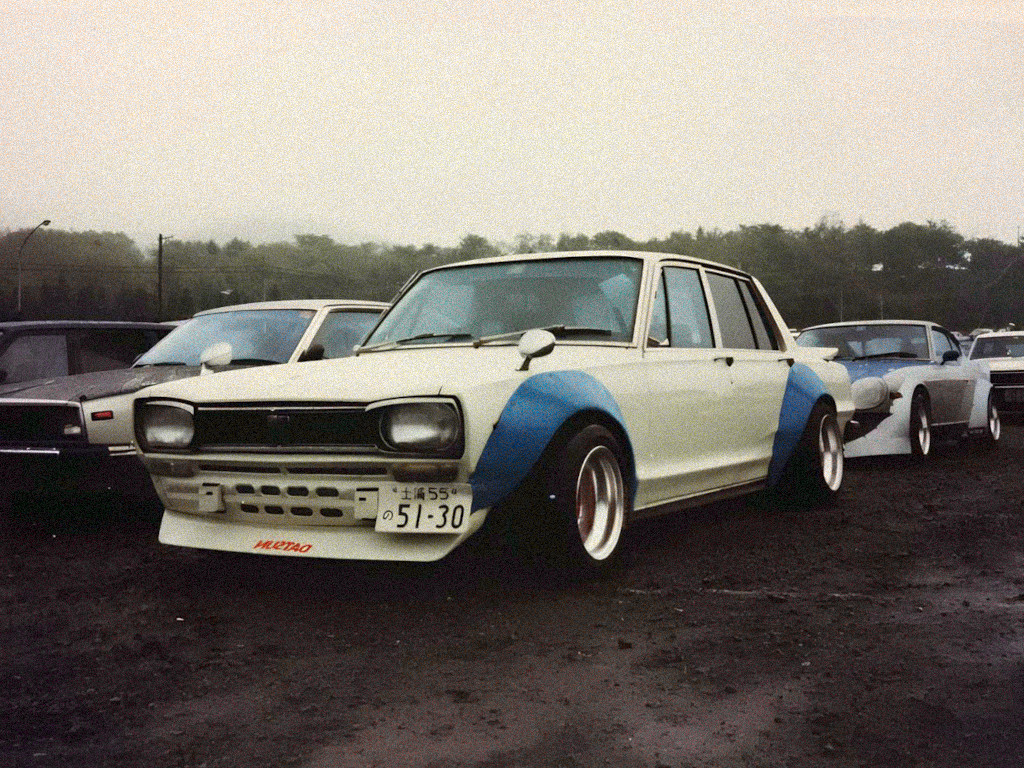
In the 1970s, the Fuji Grand Champion Series attracted a growing public interest in modified vehicles. Originally intended for two-seater formulas, sport-prototypes and touring cars, the competition offered a breathtaking spectacle for the public. Private individuals, inspired by these races, began transforming their vehicles in the same spirit, with racing-look wheels, slick tyres, numbers on the doors and original paintwork. It was the start of the Kaido Racer subculture.

Tuning techniques evolved and the choice of available performance parts expanded in the mid-1970s. Many ignition systems were converted to capacitive discharge ignition, and more sophisticated carburettors were fitted, along with reworked intakes and high-lift camshafts… In 1974, HKS caused a sensation by offering the world’s first turbo kit, designed for the L20 of the Nissan Skyline GC100. Thanks to this advance, engine power soon reached new heights…
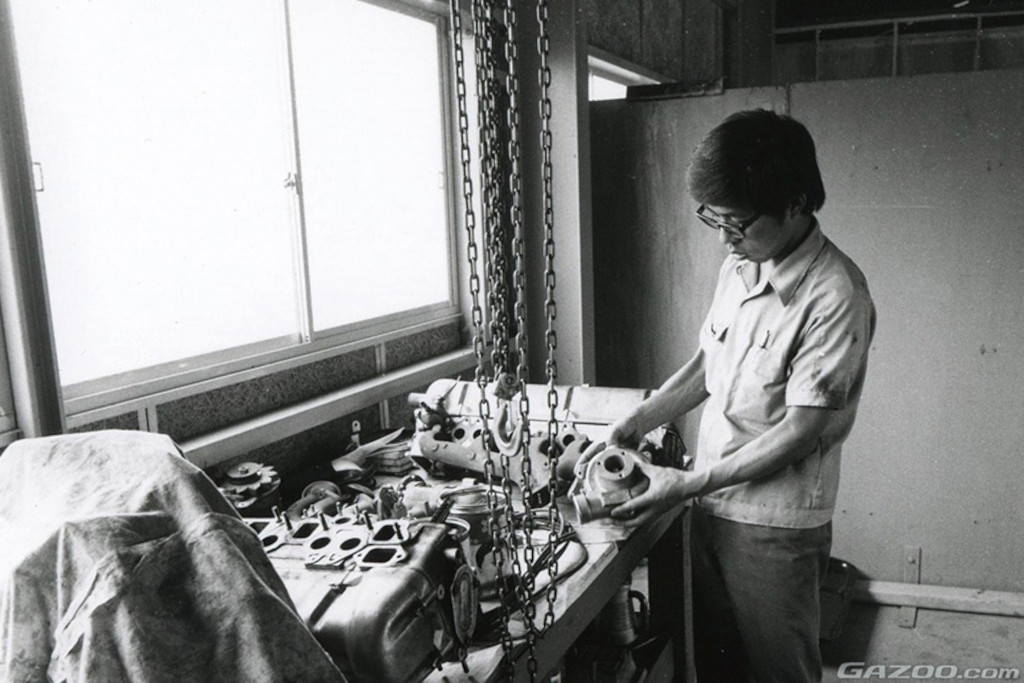
Debut in Europe
Unsurprisingly, in Europe too, the beginnings of tuning were marked by a desire to imitate the star cars of the competitions. The first modified vehicles are likely to have come from Germany, Italy and the UK, before the practice gradually spread to all European countries. The Volkswagen Beetle became a very popular choice, driven by pioneers of car tuning in Germany such as Gerhard Oettinger, who founded the company of the same name in 1946. The Kamei company offered the first front spoiler for the model in 1953.
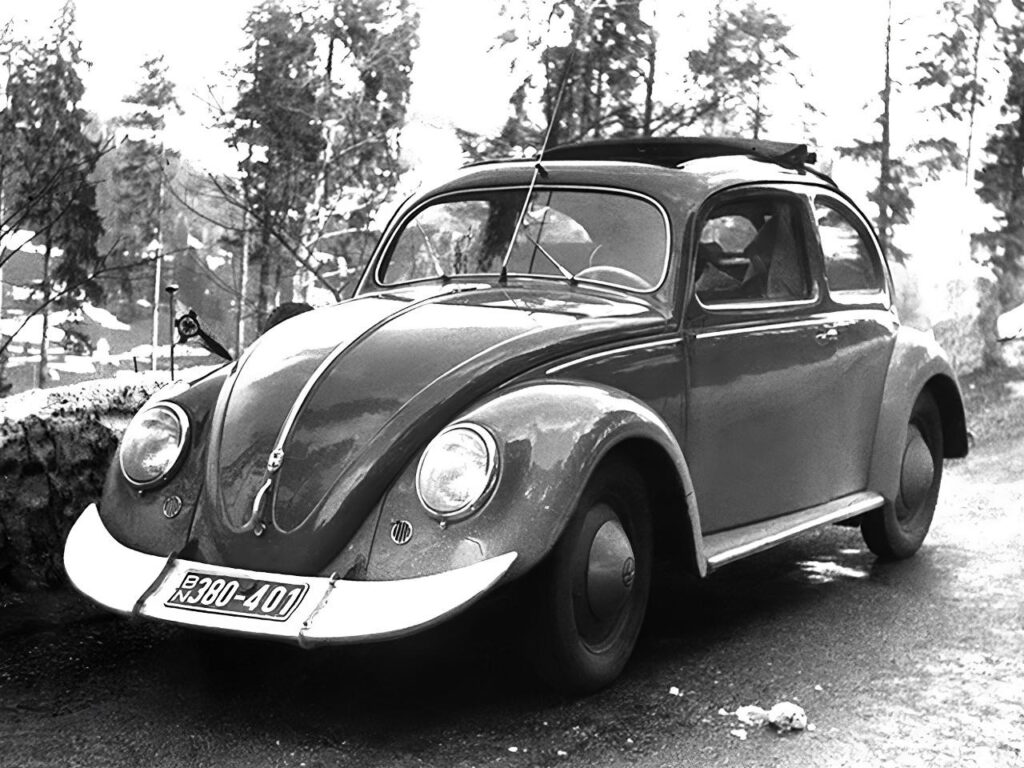
In Italy, one of the first cars to be modified was the Fiat 600 in the late 50s, quickly followed by the even more popular 500. Numerous conversion kits were produced, and companies such as Abarth enjoyed success by selling parts, including exhausts, in addition to genuine racing cars. In Great Britain, it was the Mini, which appeared in 1959, that attracted the interest of DIY enthusiasts thanks to its simple mechanics and its tuning potential. Founded in 1966, the French company Devil manufactured mufflers and racing exhaust systems that were snapped up by the sports cars of the day, such as the Renault 8 Gordini.
This effervescence around car modification in Europe gave rise to the first shows dedicated to tuning. 1968 saw the birth of the International Sports and Racing Car Exhibition Essen, which later became the Essen Motor Show, considered at the time to be the German version of the SEMA Show. Although the 1970s were marked by oil crises, they did not put the brakes on European tuning, which set its sights on more economical vehicles. The Ford Escort and Cortina, Opel Kadett, Autobianchi A112, Renault 5, Simca 1000 and Volkswagen Golf were among the most popular affordable models.
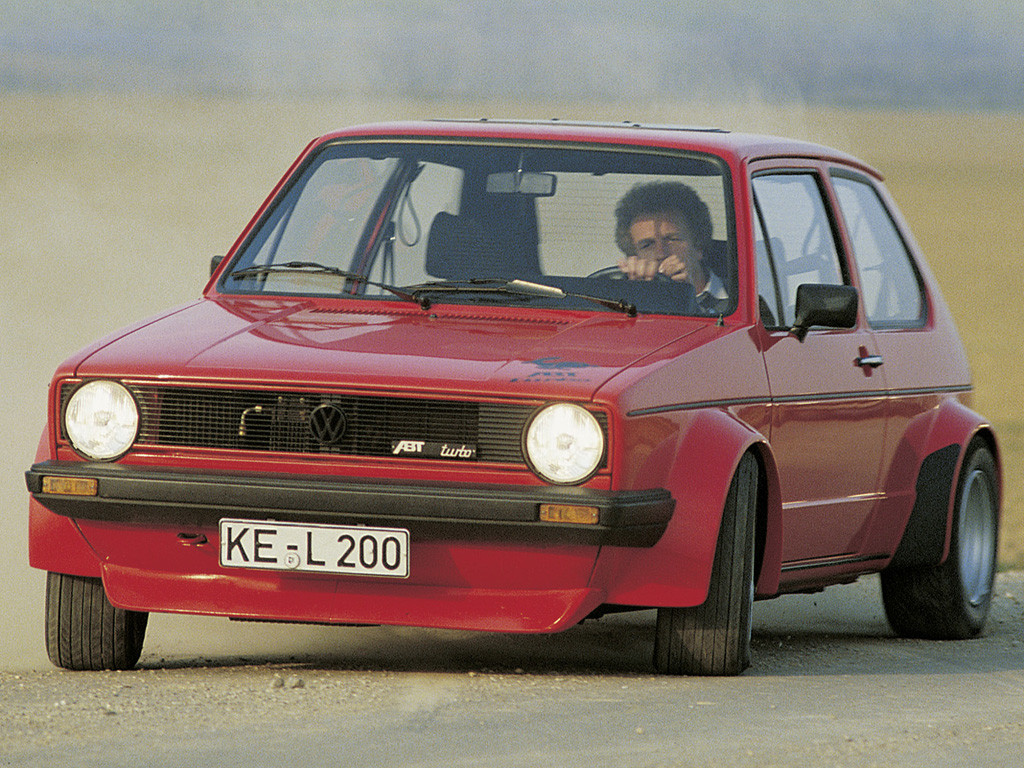
The golden era of tuning (1980-2010)
Always more
From the 1980s until the 2000s, the tuning phenomenon really took off. Modifications, which until then had often focused on the performance of powertrains and running gear, increasingly affected all the constituent parts of vehicles during this period, including the bodywork, lighting, upholstery and on-board audio system. There was something for everyone, with more and more aftermarket parts manufacturers who moved into this booming market, which cut across all social classes.
On the American continent, despite a growing number of infrastructures dedicated to quarter-mile racing and other competitions, illegal street racing continued to appeal to young thrill-seekers. Soon there was a war of the clans, with American enthusiasts driving vehicules such as Dodge Vipers, Ford Mustangs, Chevrolet Corvettes and Camaros and Pontiac Firebird Trans Ams on one side, and fans of imports, particularly Japanese cars, on the other. Tuning styles were evolving, and while many of the old fashions lived on, new ones were emerging, such as the Donk. Indistinguishable from the early 2000s, this trend featured Chevrolet Impalas and Caprices, as well as General Motors large saloons and coupes, which were raised and rested on oversized rims and low-profile tyres. It was all about the look.
At the other end of the globe, in Japan, the 1980s were synonymous with ‘top speed’, with tuners competing on the Japanese expressways or the Yatabe speedway with increasingly powerful cars. Inspired by Super Silhouette racing cars, the exuberant Gurachan style also emerged, defining its own codes: oversized front spoiler (deppa), small wheels, wide fenders, extra-long exhaust (takeyari)… In another genre, the end of the 80s in Japan saw the arrival of the Haiso (High Society) trend, precursor of the VIP movement with its luxurious bases and flashy modifications. Among the phenomena that emerged during this golden age was drifting, which was professionalised at the beginning of 2000 thanks to the D1GP, bringing to the fore colourful cars developed for sliding.
On the European continent, the thumbs were not twiddling either, and tuners flocked to sports cars and other hot hatches to show off their talents. From the 1980s onwards, the Volkswagen Golf GTI, Peugeot 205 GTI, Renault 5 GT Turbo, Escort RS Turbo and BMW M3 were all in vogue. Numerous companies supplied body kits and accessories to personalise these vehicles. Dimma, DP Sport, Kustomorphose and Schneider were soon among the leading names in this field. In the 1990s and 2000s, while sobriety still had its supporters, uninhibited extravagance was also all the rage in Europe, including France. Light swaps, sleek bodywork, loudspeaker-laden doors, illuminated amps, Lambo doors, Lexus taillights, racing stripes, neon lights, big GT wings and large-diameter mufflers were all part of the explosive cocktail of the period.
Getting together and sharing
As the tuning scene grew around the world, so did the number of events, shows and other customisation-related activities that flourished in the latter part of the twentieth century. While major events such as the SEMA Show and the Essen Motor Show have continued to flourish, other large-scale events have also been held since the 1980s. Founded in 1983, the Tokyo Exciting Car Show, now the Tokyo Auto Salon, quickly won over visitors by offering a vast array of vehicles representing the various Japanese trends in tuning. Leading tuners such as Trust, Blitz, RE Amemiya, HKS and JUN have become regulars at this not-to-be-missed show.
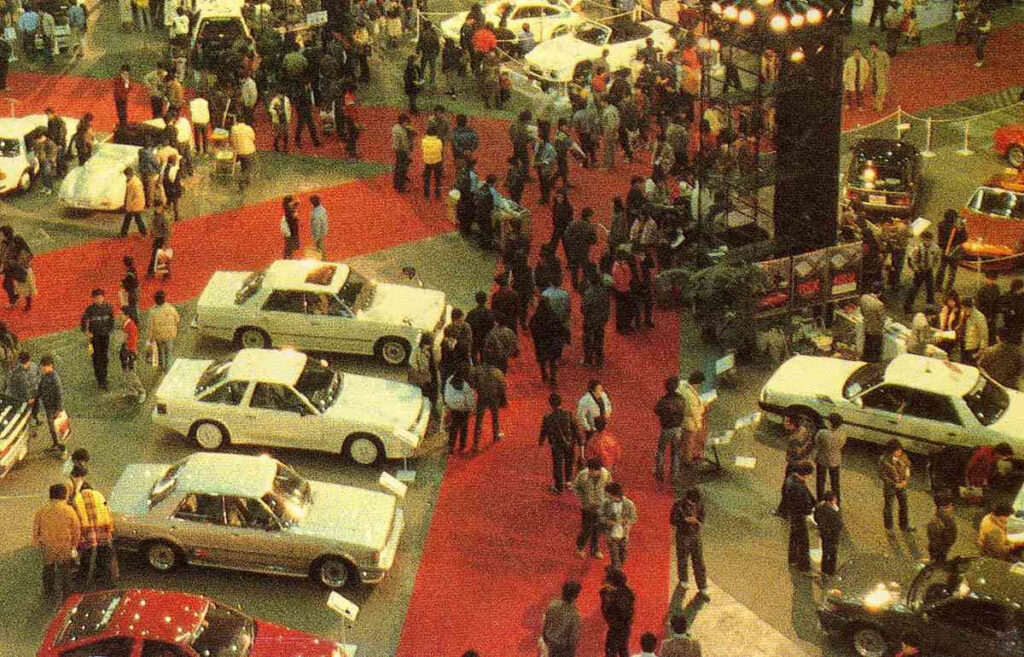
In France, we particularly remember the Paris Tuning Show, later renamed PTS, which was held every year from 2000 to 2009, but above all the famous GTI Tuning International. Inaugurated in 1996, this major open-air meet featured a wide range of events, shows and competitions, including quarter-mile showoffs, drag racing, drifting, SPL battles (rewarding the highest possible sound pressure delivered by the audio system, measured in dB) and IASCA competitions (rewarding of the best sound quality). Bringing together more than 10,000 cars at its peak, this event, considered at the time to be the biggest gathering of tuned vehicles in Europe, was a real crowd-puller until its demise at the end of the 2000s.
Sometimes it’s only a short step from event to media coverage. In Japan, Option magazine, founded in 1981, was the umbrella organisation for the Tokyo Exciting Car Show, while in France, GTI Mag was the instigator of GTI Tuning International (and other events). This specialist press has been a real help to customisation petrolheads, creating a link between enthusiasts and sharing news from the field, meeting tuners and covering events of all kinds. Other French magazines include ADDX, Boost Tuning, Maxi Tuning, Option Auto, Autoworks Magazine…
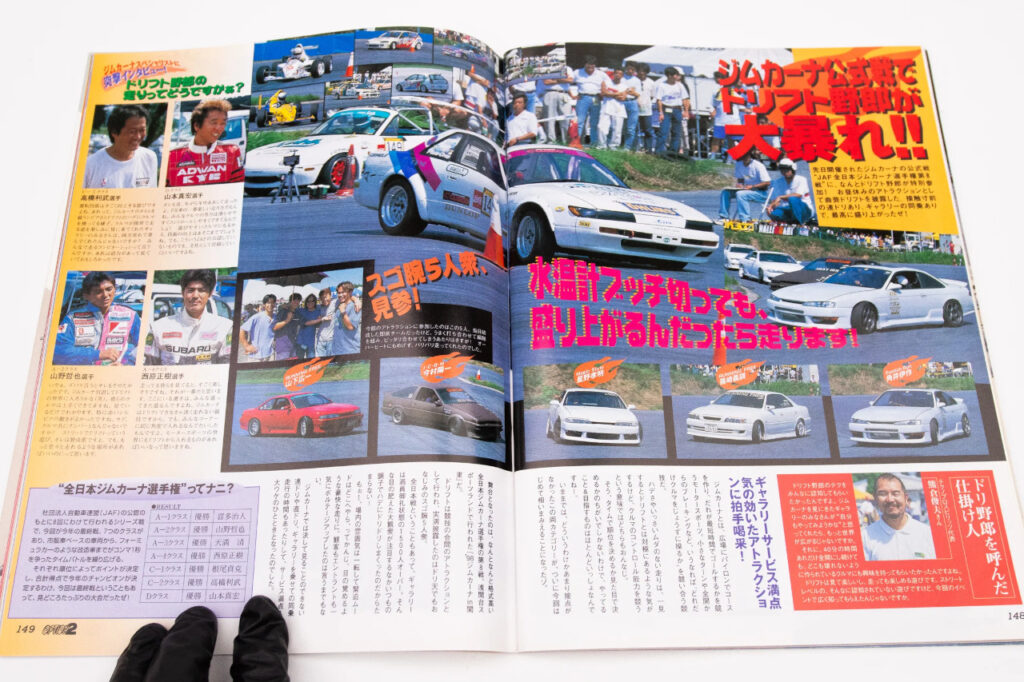
Television and the cinema have not been outdone in making tuning fans dream. On the small screen, some shows have become cult favourites over time, such as Video Option, sold on VHS from 1988 in Japan, or Hot Version from 1991, the tuning counterpart to Best Motoring. The Shuto Kousoku Trial film series, which recounts the exploits of street racers, has also spread beyond Japan’s borders. In the United States, it was above all the 2001 film The Fast and the Furious that put the American import scene, and tuning in general, in the spotlight. Flagship shows such as Monster Garage, Pimp My Ride and Overhaulin’ also brought the 2000s to life, with France taking advantage of the craze to adapt the concept of some of these programmes for its own audience.

Tuning nowadays (2020+)
Towards a new beginning?
In recent years, tuning has become much more diverse, with a huge number of different styles that have given rise to a variety of movements, rather like musical trends. Today, perhaps more than in the past, tuning seems more to reflect a state of mind and, for some, a desire to belong to a community, with the phenomena of Hoonigan, Fatlace, Stancenation, Illest, Watata and so on. Customisation is no longer a niche phenomenon, and manufacturers are well aware of this, with more and more of them focusing their promotional campaigns on the customisation possibilities of their new vehicles.
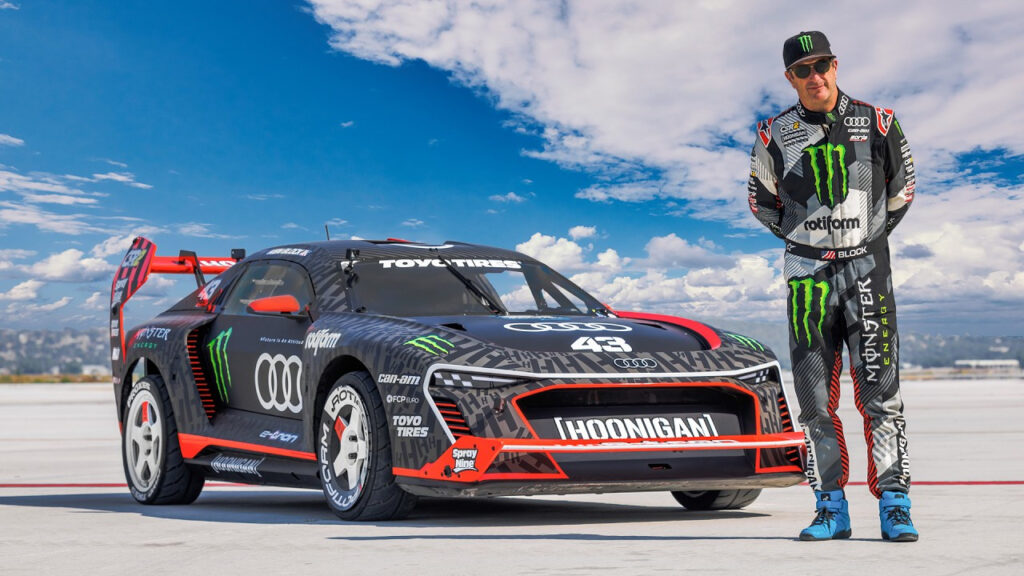
When it comes to trends, some are enduring, while others are emerging or even being transformed. Styles such as the DUB (large chrome wheels), the Stance (car set on flush wheels), the Restomod or Pro Touring (tuning of an old base with modern parts) remain very popular in America. In Japan, the birthplace of the JDM style (vehicle modified with original Japanese parts) so popular abroad, the Toyota GT86 and Subaru BRZ remain very popular and benefit from a wide range of specific items, as does the Toyota GR Yaris. Small, lightweight vehicules – kei cars – are still well represented on the tuning scene, and the Itasha craze (decorations featuring images of characters from manga, anime or video games) shows no signs of abating. As for the Old Continent, the Euro style is now defined as very ‘clean’, combining class and sobriety.
More generally, a number of products and parts have stood out in recent years. These include large body kits, which are always eye-catching at trade fairs, LED lighting for headlights and taillights with personalised patterns, vinyl covering and multimedia systems with large-diameter displays. Alongside cars with exclusively internal combustion engines, hybrid and electric vehicles are also being modified for greater power or efficiency. Remapping the combustion engine ECU, or even replacing the battery with a more modern one can be solutions in the first case, while for Tesla cars in particular, there are now firmware hacks to boost performance.
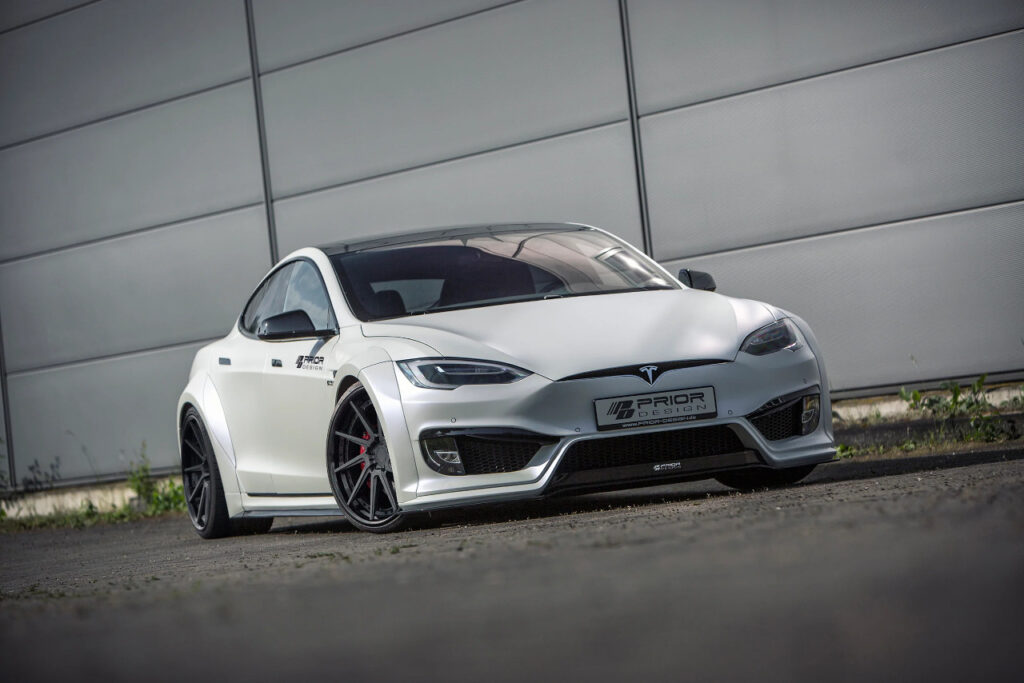
Trendy accessories
Here are a few examples of the latest tuning trends, as well as the timeless classics for modifying your vehicle:
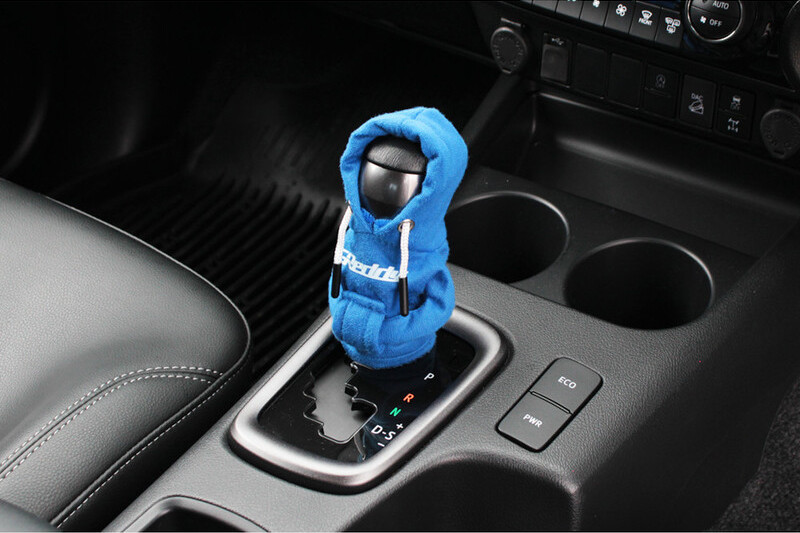
A miniature sweatshirt that fits over the shift knob to protect it from the heat and cold. Very fashionable, this original shift knob cover adds a unique touch to your car’s interior.
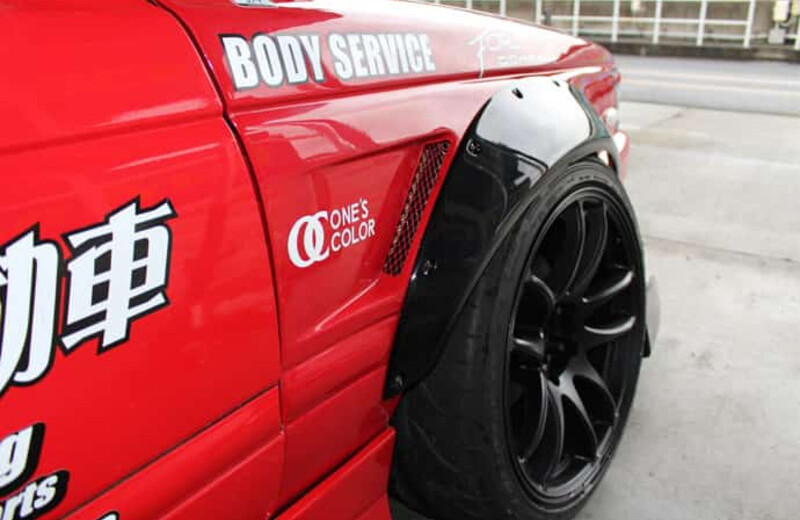
Also known as ‘fender flares’, wheel arch extensions allow the vehicle to be widened so that very wide or high offset wheels can be fitted. A timeless accessory!
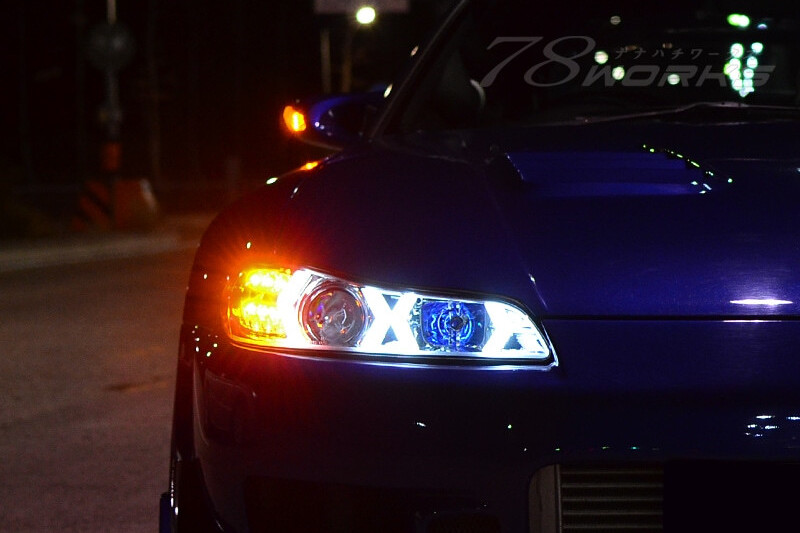
There’s no better way to modernise the look of your car than with LED headlights and taillights! With their sporty designs, superior luminosity and reduced energy consumption, these products have everything to please!
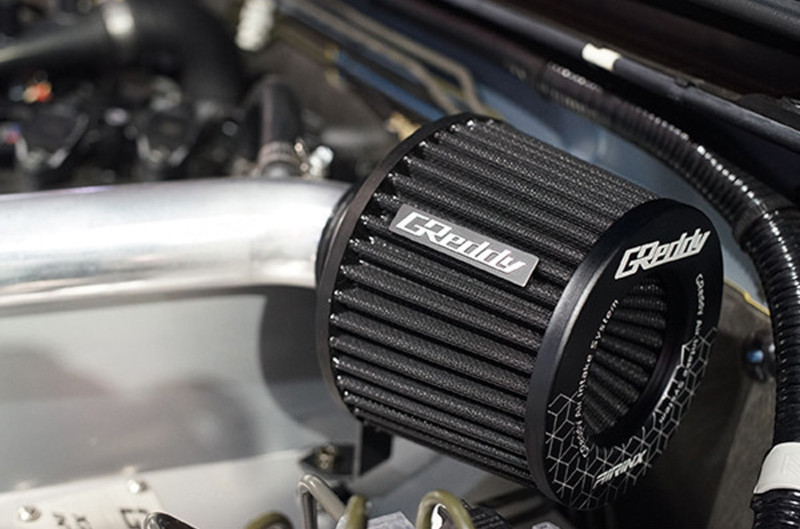
When you’re looking to boost the engine’s power, replacing the standard air filter with an intake kit or sports filter is often the first step. The sound of the engine also becomes more pronounced.
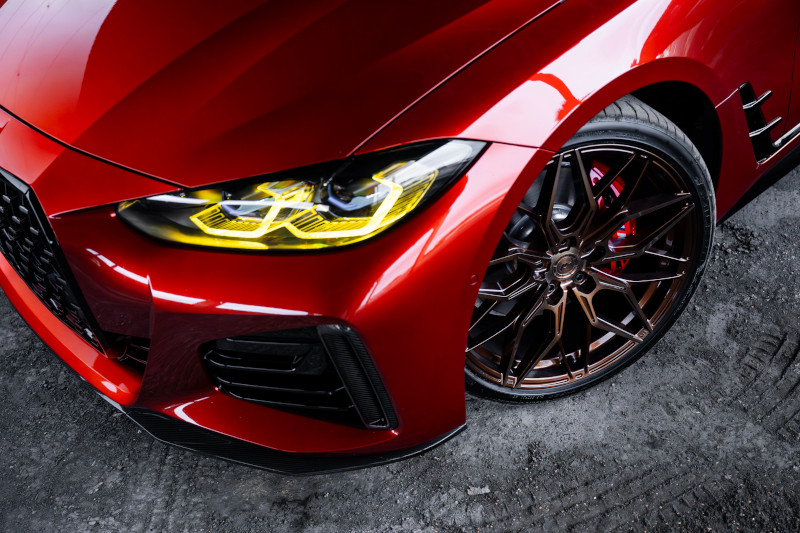
When we talk about personalising a car, we often think first and foremost of wheels. Alloy wheels can transform the look of your vehicle, but be careful to choose the right technical specifications!
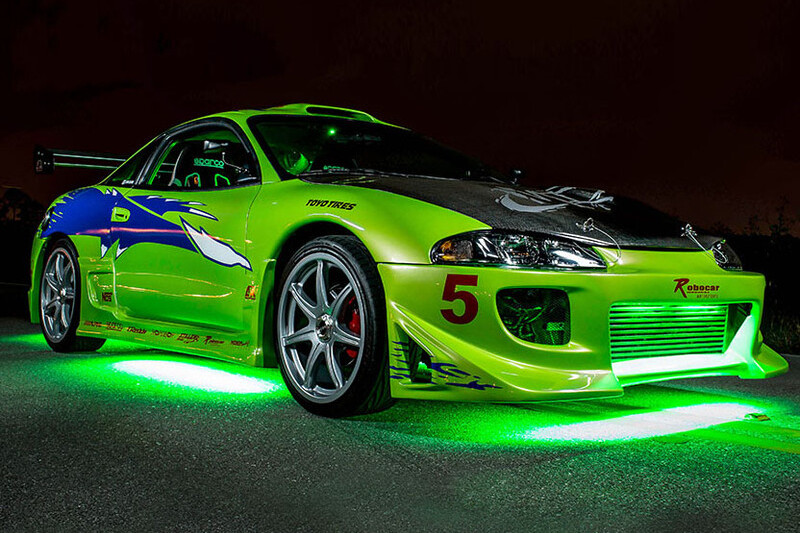
Neon lights are back with a vengeance thanks to their latest LED technology! Easy to install, these waterproof strips can be stuck on wherever you like, and have brightness and colour change features thanks to remote control.
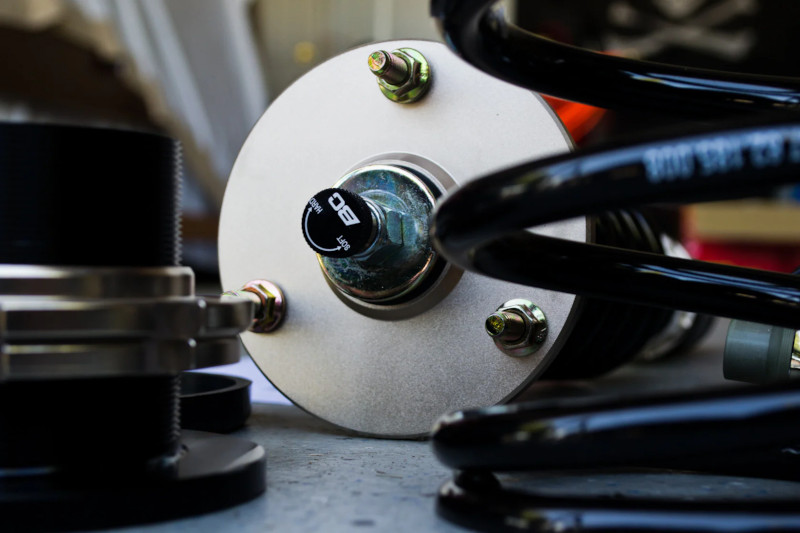
Ideal for lowering your vehicle and improving handling, adjustable coilovers are a must. Air ride suspensions are also very popular for their versatility.
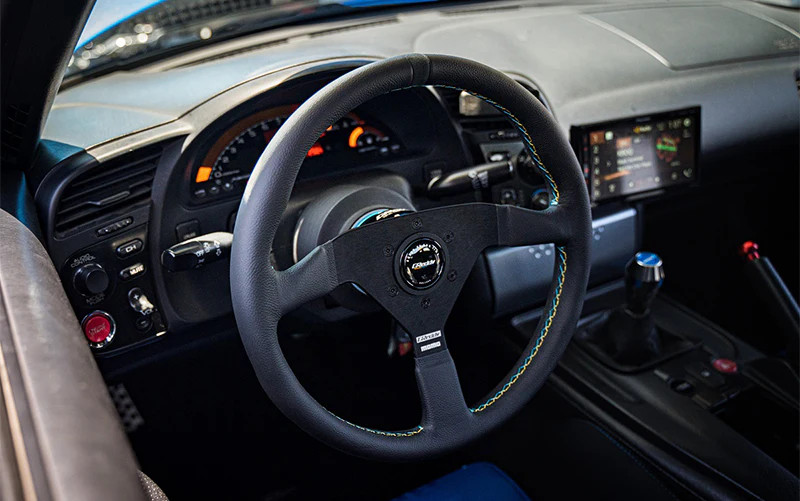
Sport & racing steering wheel:
Change the driving experience completely with an aftermarket steering wheel in leather, suede or wood specially designed for sporty driving. And don’t forget to choose the right hub for your vehicle!
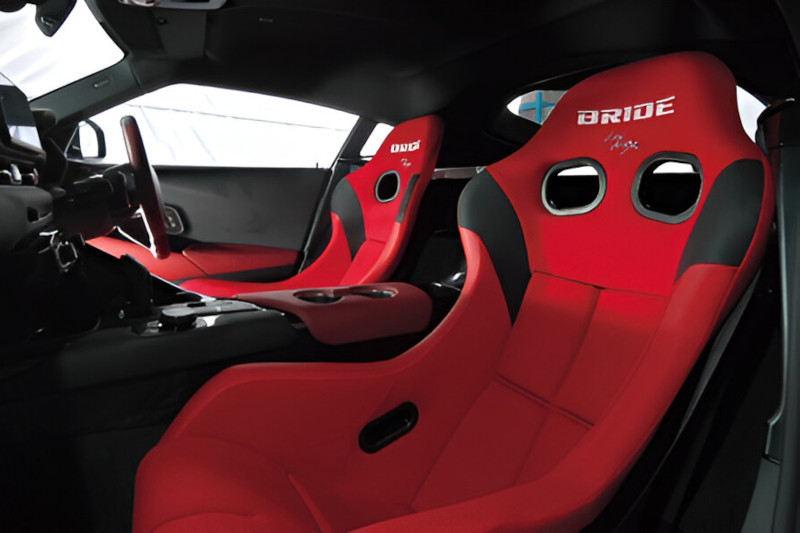
Optimise your driving position by swapping your standard seat for a bucket seat with a fixed or reclining backrest offering superior support. Safety and comfort guaranteed!
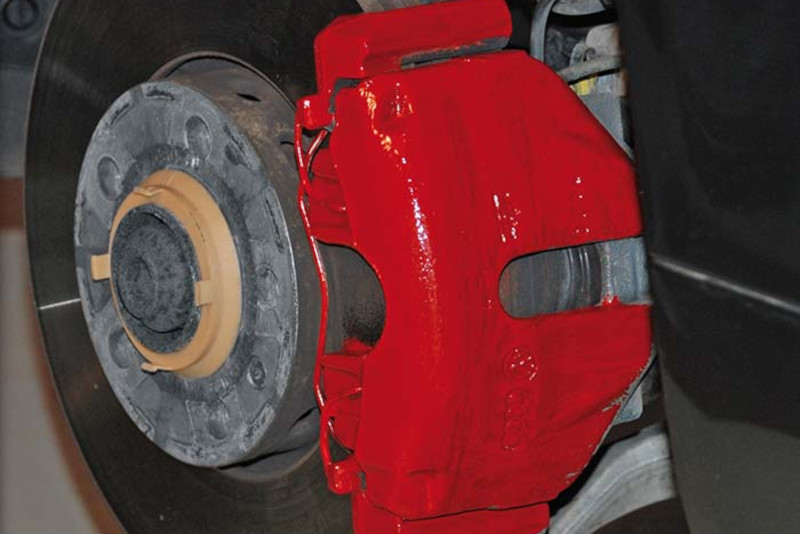
Give your brake calipers a fresh look with a specially developed high-temperature paint. Matt and pastel colours are particularly fashionable!
Photo sources: reproracingposters.com / motortrend.com / jp.pinterest.com/kgc210 / motor-fan.jp/weboption / gazoo.com / team-r8.com / carbuzz.com / instagram.com/chibakarakitano / voorwindenparts.nl / meisha.co.jp / autopassion.net (Davy-j11) / getjapan.store / hoonigan.com / forgeline.com/customer-gallery-buster-posey / DR

